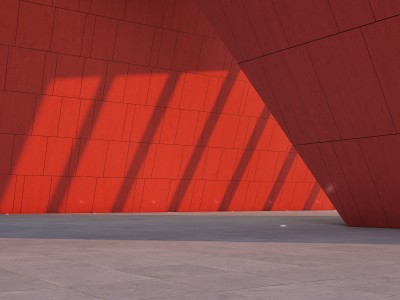You’re visiting Tikkurila website from United Kingdom. Would you like to visit the local UK site?
Interior design trends for 2024 – surprising colour combinations
Ample and candid mixes of colour, rich surfaces, unique details, crafts and a clear focus on sustainability stood out at Heimtextil, Ambiente and Milan Design Week.
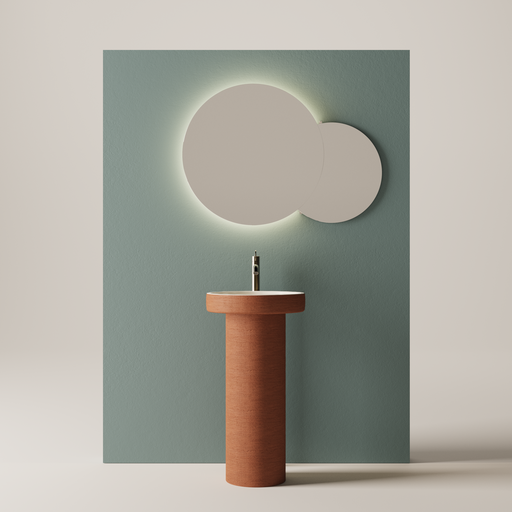
Ample and candid mixes of colour, rich surfaces, unique details, crafts and a clear focus on sustainability stood out at Heimtextil, Ambiente and Milan Design Week. The element of surprise in colour combinations and design feels fresh and new, tells Susanna Björklund, who shares her observations and findings of upcoming trends in the three events. Dive deeper into the design trends for 2024!
International design fairs provide valuable insights into the direction in which colours and trends are heading. Both set in Frankfurt, Heimtextil, an annual textile fair, puts a strong emphasis on sustainability, whereas Ambiente, a consumer goods fair, also showcases the work of young talents. Milan Design Week is one of the biggest design events of the year.

Colours define our era
We live in an information-driven economy, where almost everything happening in the global design scene can be instantly viewed online. Trends come and go and are constantly evolving, with countless variations. This may have led to a decrease in the significance of specific trends in the 2000s. As noticed at the three fairs, new and interesting colours continue to define our era.
Image: Chamotte and Mater tiles by Mutina
Colours of all kinds were on display at the three fairs. It generally seems like the colour trend has been moving towards a more subdued and muted palette, with occasional bursts of bright shades. An interesting twist comes from the way different colours clash and mix together. Combining toffee and brown with bright colours seems to be a good match. For example, petrol looks nice and burgundy still matches well with a variety of other colours. At all three fairs one could see a noticeable trend: all shades of orange and various reds clearly stand out, whereas green colours have slightly given way to turquoise and various shades of blue.
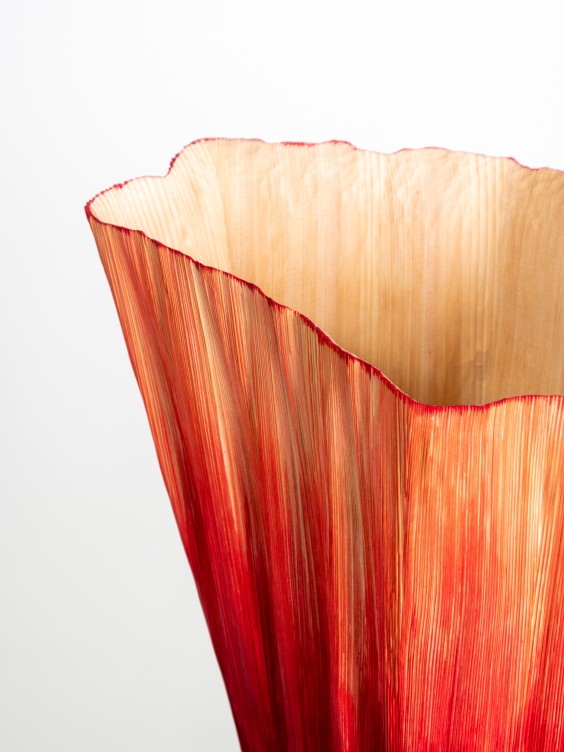
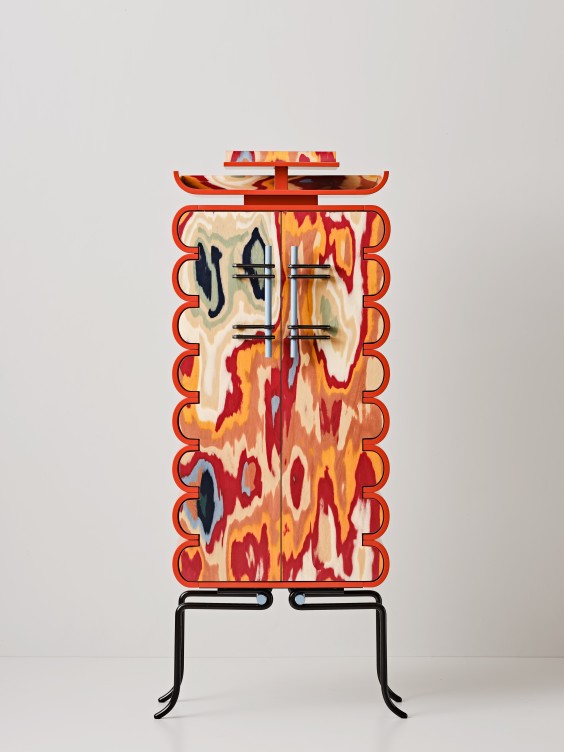
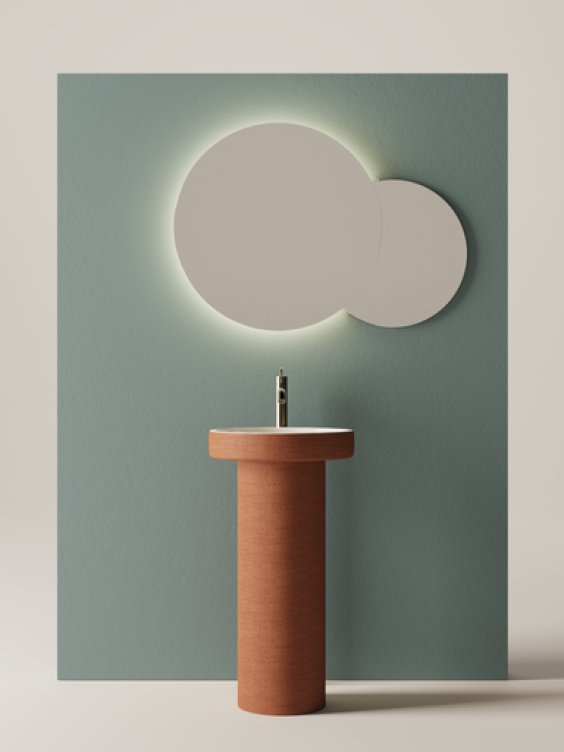
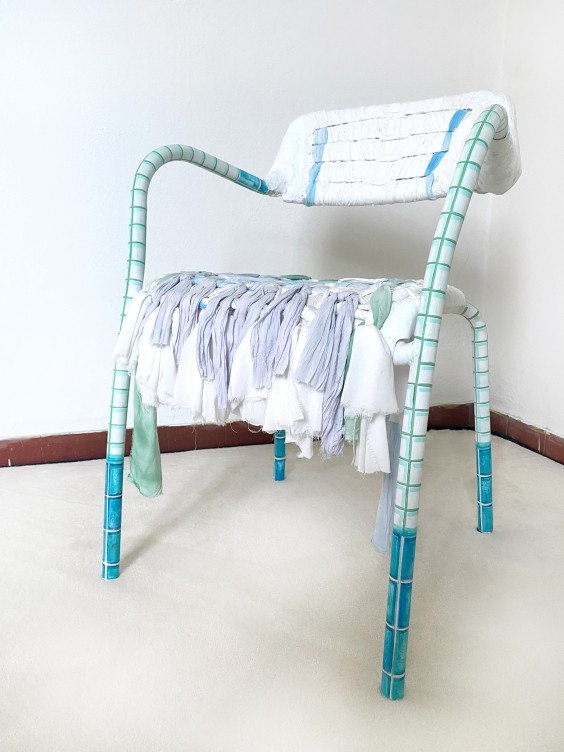
Sustainability takes center stage
In addition to colours, the fairs highlighted the rise of sustainability as an essential part of any design process. Messe Frankfurt has been committed to taking tangible steps towards sustainability since 2010. The Heimtextil trend exhibition emphasized the sourcing, design, and sustainability of materials. Remaking and upcycling were showcased in both fairs in a creative manner.
Image - Evolution Collection by Polcha studio.
The French design studio Polcha specializes in reinventing existing furniture. For instance, they adorned a chair with torn fabrics dyed using red cabbage and spinach. Giles Miller, on the other hand, has crafted the eco-friendly Fin and Penny tiles using byproducts from wine, hemp, coffee, tobacco, garlic and vodka production.
Sustainability and the reuse of materials influences the colour range
Using an ample amount of colours and mixing them in an unorthodox way feels new and fresh. Adding a colour that doesn´t traditionally go well with the rest of the palette might just add a contemporary touch to the combination. On the other hand, increasing the use of plant-based colours tends to result in a more subdued and muted colour palette.
Norwegian Studio Sløyd designs furniture from through-coloured wood and each piece has several colours. Dutch Kooij Studio makes Meltdown Tables from their own recycled plastic prototypes and colour tests, thus giving them a third life. Each table is unique and the colours turn out unplanned and different. Both of these were spotted in Milan.
At Heimtextil, a rug designed by Simone Post was crafted from waste strips of cotton. Combining numerous colours, the rug achieved a harmonious blend, similar to the effect seen in traditional Japanese kimonos.
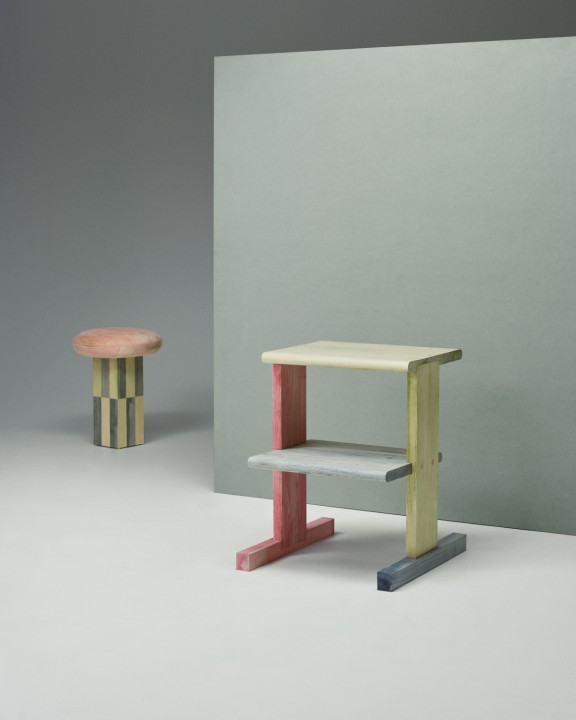
Human touch is a great contrast to social media perfection
In contrast to the virtual world and the often staged perfection of the social media and digital platforms, there is a growing appreciation for craftsmanship and the human touch. Imperfections are considered more interesting than flawless perfection. Even minimalistic wooden products have rich textures, unique shapes and unusual details. For instance, at the Milan fair, Anna Maria Øfstedal's wooden table with its uneven legs appears as if it were hand-carved.
The work of young designers often provides a glimpse of where design trends are heading and The Talent exhibition is always a highlight of the Ambiente fair. Simon Gehring, for example, collects wood from the forest to craft chair legs using found branches, resulting in each chair being a unique and asymmetric creation.
Tiles have remained significant elements in interior design for a while now and show no signs of fading from the spotlight. They are an easy way to add colour to specific spaces. In Milan, a visit to Mutina is always worthwhile. Patricia Urquiola has designed Mutina’s Mater and Chamotte collections, featuring tiles with intriguing three-dimensional surfaces and murky but strong colour palettes.
Want to learn more and get access to exclusive information?
Feed your creativity with latest trends and grow your know-how about surface treatment solutions. Join Tikkurila Pro Designer - a new arena for creative minds in architecture and interior design.

